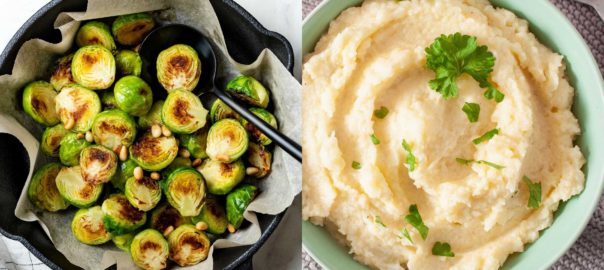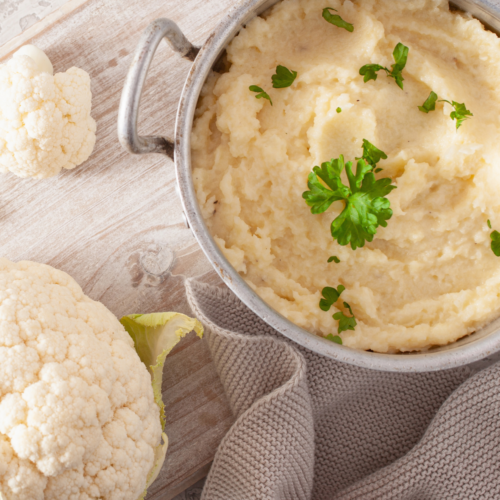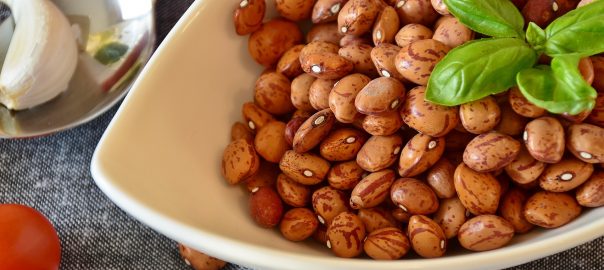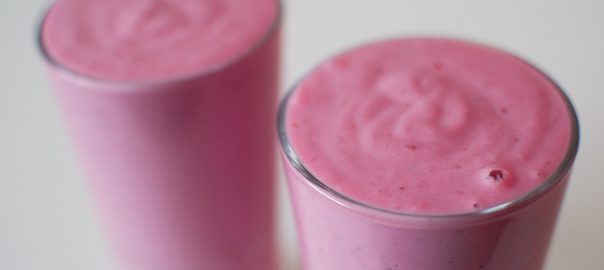As we move through the year, we find ourselves now heading into that restorative deep nutrition time of the year with these seasonal crops. What’s one of your favorite foods to make with something on this September produce guide?
Acorn Squash
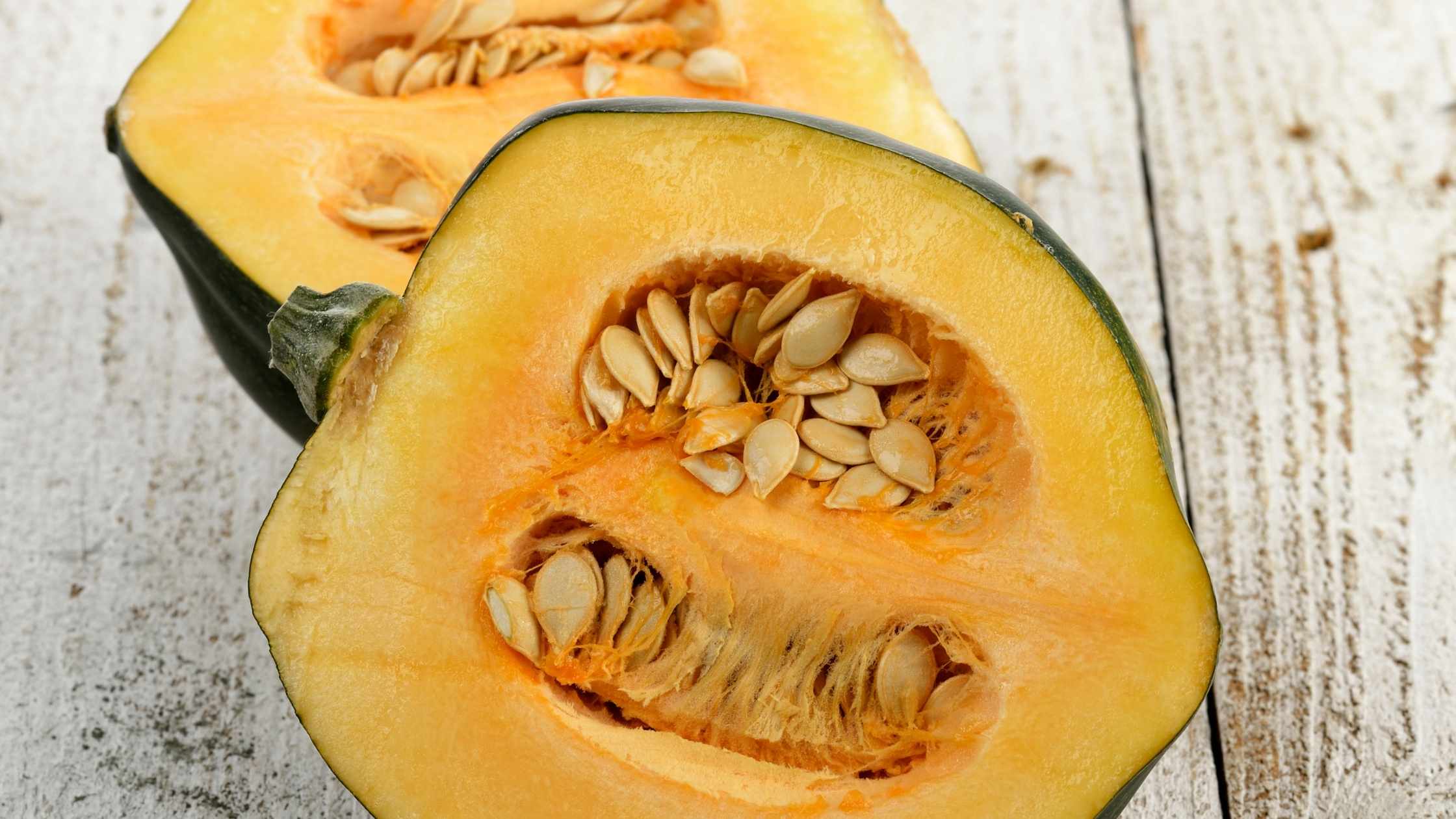
Acorn and butternut squash are among the types of winter squash that belong to the gourd family, which also includes pumpkin and zucchini.
Winter squashes have many health benefits, such as high levels of fiber to help keep your digestive system in good shape, vitamin A for proper eye function, and potassium, an essential mineral that helps regulate blood pressure.
Try my protein-rich stuffed acorn recipe!
Butternut Squash
Butternut squash is usually a little sweeter and nuttier than acorn squash. The nutty flavor makes butternut perfect as an addition to soups.
Apples
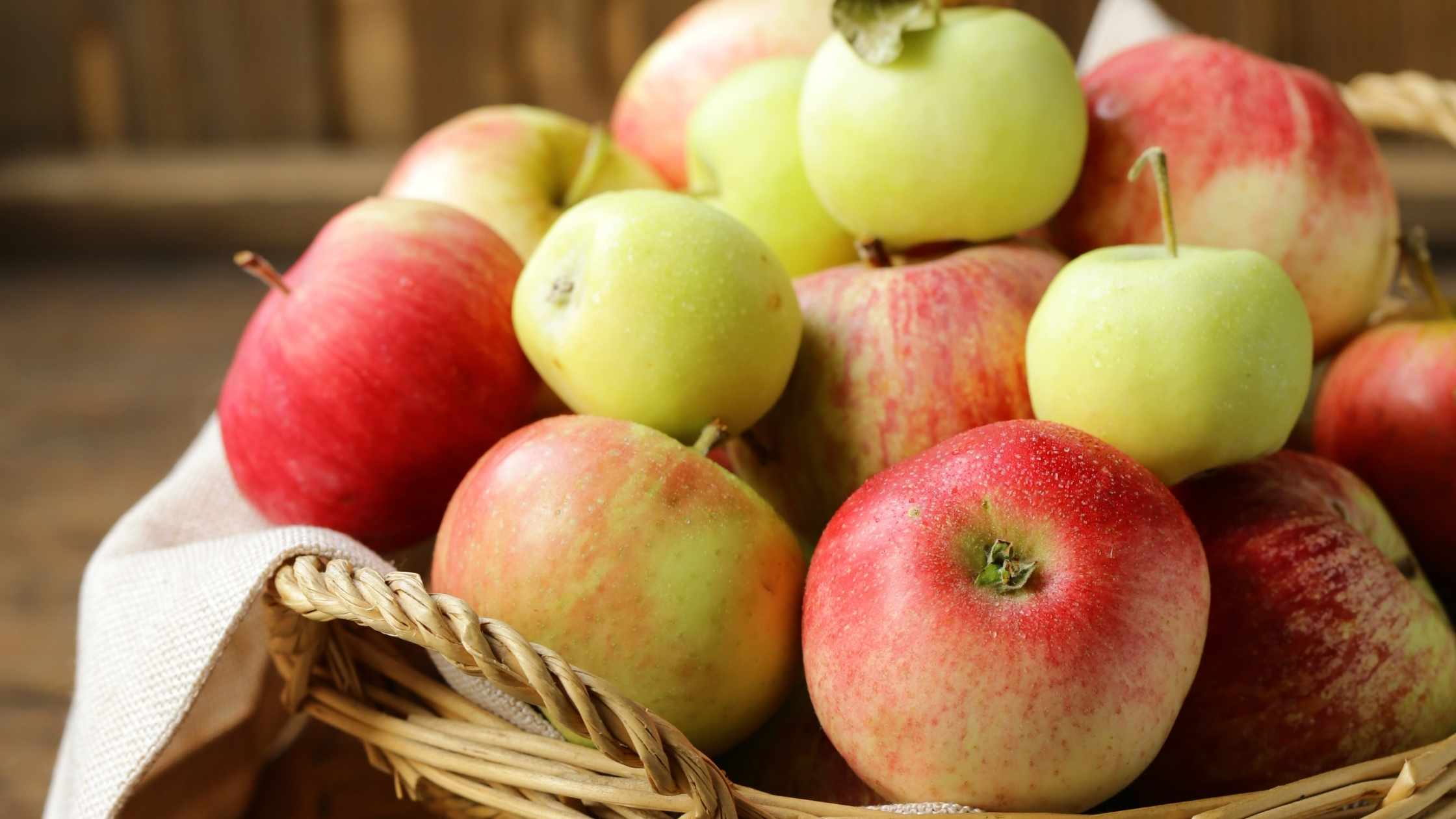
With a history that stretches back more than two thousand years, apples have been the apple of our eye since their first introduction to European cultures.
Aside from high fiber content, apples also boast good levels of polyphenols, which may help reduce cancer risk while improving heart health, memory retention ability, and brain function.
My apple cinnamon cheesecake recipe is perfect for this season. It's made with a crust of almond flour, topped with a layer of cinnamon cream cheese filling and a cinnamon butter layer on top.
My recipe for cinnamon apple pear sauce can also be used as an accompaniment to any type of dessert or your favorite breakfast dish.
Beets

Beets are one of the most extensively grown vegetables in the world and are mostly cultivated during the cooler seasons.
They contain a bit of almost all the vitamins and minerals that you need, including fiber, folate, and vitamin C. Beets are also a good source of nitrates which can help to lower blood sugar levels.
Roasting is one of the best ways to cook beets. You can also “zoodle” beets for a delicious addition to salads or as a base for another dish.
Cantaloupe
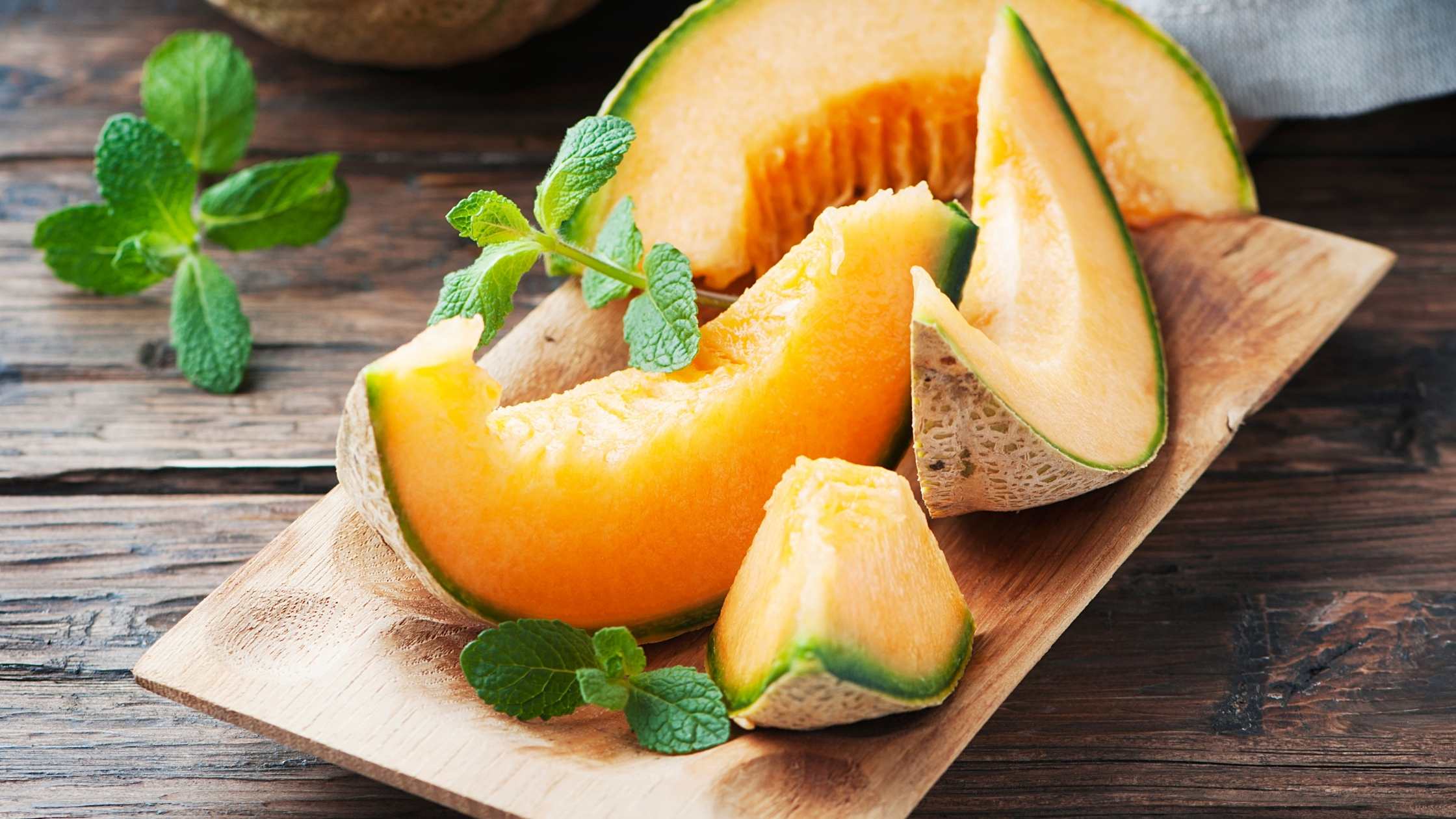
Cantaloupes contain high levels of beta-carotene, which is an important nutrient for eye and skin protection since it is converted to vitamin A in the body.
Cantaloupe has over 100% DV per cup for Vitamin C, meaning that eating one serving will give you enough Vitamin C throughout your day!
This fruit can be enjoyed on its own or mixed with other fruits like bananas, blueberries, strawberries, etc., making it versatile and enjoyable while getting all your daily nutrients at once!
Remember: wash your produce first to remove any bacteria or other exposures that might be on the rind and then transferred by the knife to the flesh of produce. A prime example of this was the 2011 salmonella outbreak which was tied to cantaloupe.
Cauliflower Not many vegetables contain choline. Cauliflower, along with broccoli, is among the sources of this nutrient that most people are lacking. Although the body makes some choline, we still need to consume choline-rich food to get enough.
Not many vegetables contain choline. Cauliflower, along with broccoli, is among the sources of this nutrient that most people are lacking. Although the body makes some choline, we still need to consume choline-rich food to get enough.
Consuming a sufficient amount of choline may reduce the risk of several health conditions, including cardiovascular disease, cancer, and dementia.
Now that we're heading into colder weather, I often like to curry cauliflower for a change of taste. The flavors of curry go well with cauliflower and greens. You can also try my autumnal cauli-mash recipe with roasted, crunchy Brussel sprouts. Yum!
Eggplant

Eggplants require a warm climate and have been cultivated in their native Southeast Asia since ancient times.
They are high-fiber food that has many potential health benefits, including reducing the risk of heart disease and helping with blood sugar control.
I am always experimenting in the kitchen. Because this dish--eggplant corn fritters with chunky tomato red pepper coulis-- turned out so well, I would like to share it with you! It's super easy to make and full of flavor.
You could serve these as an appetizer with some goat cheese or any other cheese you'd like, or even as a main course with some side salads for a meal-sized appetizer. The tomato-red pepper coulis is so flavorful that you'll want to eat it on its own too!
Figs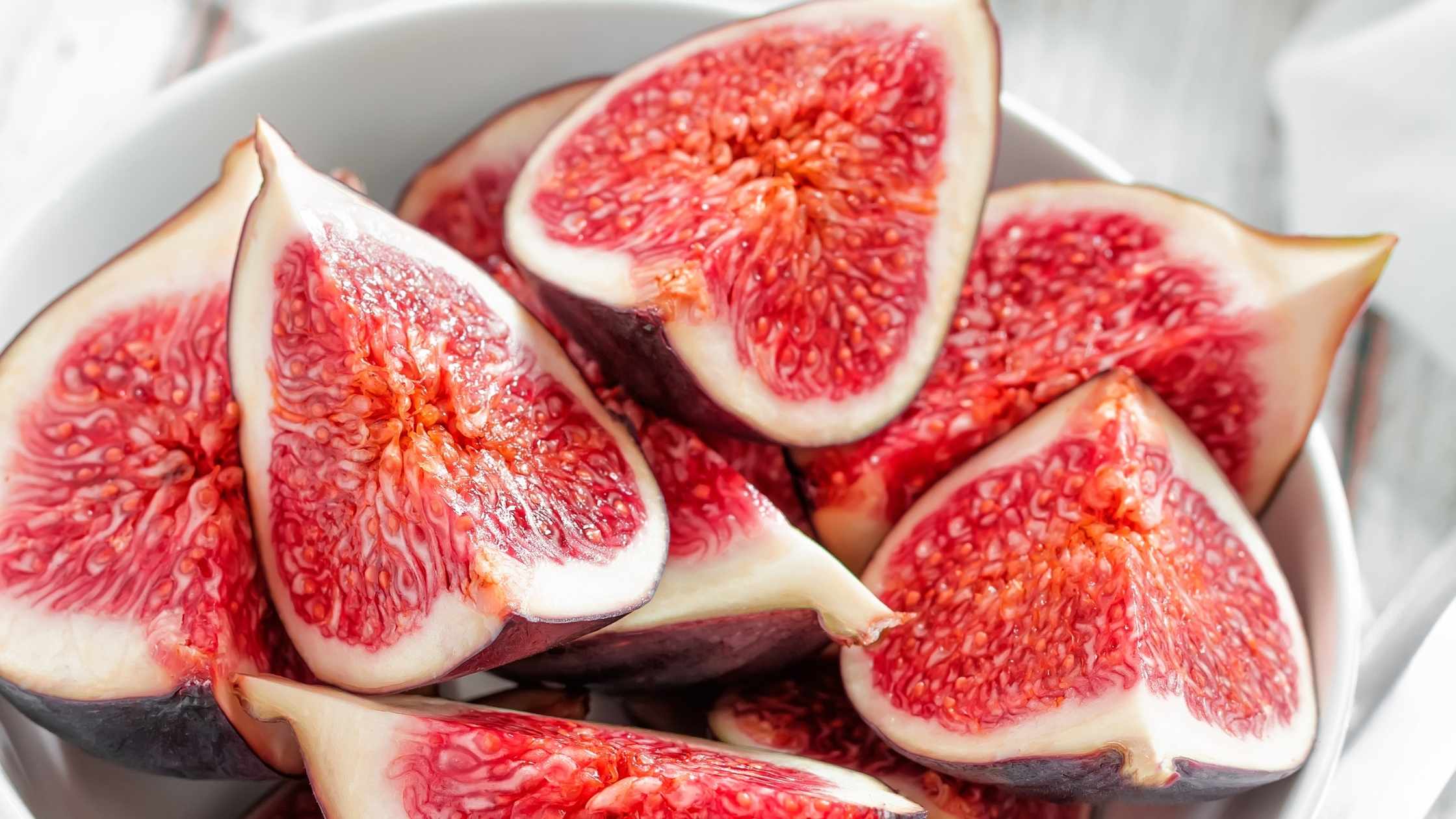
Fig trees’ natural seedlings can be found in many Mediterranean countries. It is so widely used throughout these regions that it has been nicknamed “the poor man’s food."
The fruit contains significant amounts of copper and vitamin B6. Copper is a mineral that your body needs for the production of red blood cells. It also aids in energy metabolism, and it can help maintain healthy hair, skin, bones, and joints.
While vitamin B6 is one of the most essential vitamins to help you maintain a healthy immune system and assist with many bodily processes like balancing hormones, reducing stress levels, and aiding indigestion.
Figs can be enjoyed fresh, dried, or in tea form. Be sure to consume dried figs in moderation because of their high sugar content.
Grapes

Grapes are primarily grown in temperate climates across the world, including Southern Europe, Africa, Australia, and North and South America. In the United States, most grapes are grown in California.
Grapes are packed with nutrients, vitamins, and minerals that can help with many health issues. They contain more than one-quarter of the RDIs for vitamin C and K.
For those who have access to good grapes for jelly making, here's a great grape jelly recipe from the book Preserving Memories: Growing Up in My Mother's Kitchen.
Note: Since grapes are one of the 12 fruits and vegetables that are on the Dirty Dozen list. It’s important to buy organic because it has a higher risk of pesticide exposure. Moreover, If you’re buying organic grapes, you’re also going to want to buy organic grape juice, organic raisins, and, yes, organic wine.
Green Beans
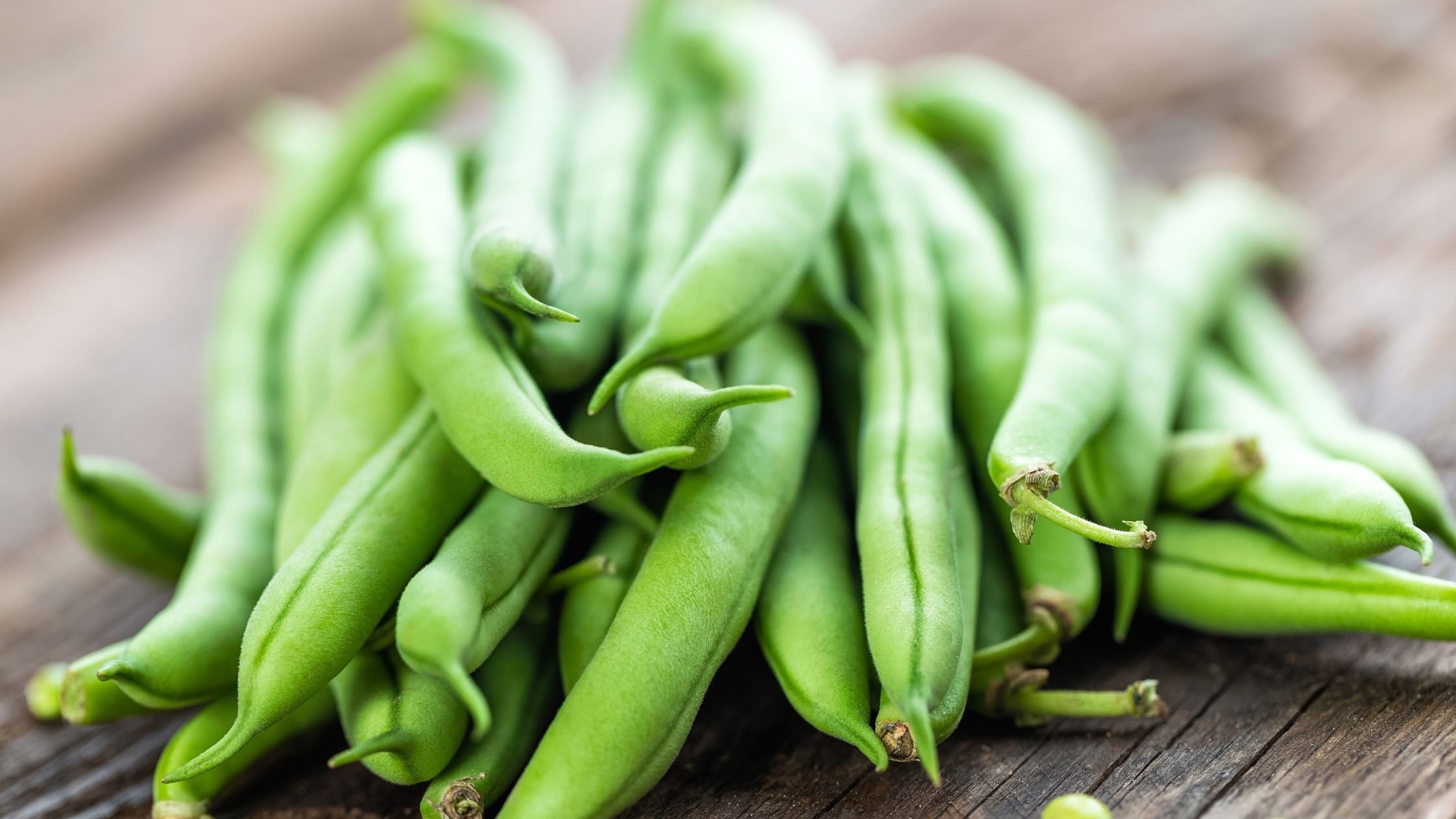
Green beans, also called string beans, are a common food in many kitchens across the United States.
These vegetables contain several essential vitamins, including folate, which is 10% of your daily recommended intake value and helps prevent neural tube defects and other birth defects.
My three-bean salad recipe is a classic side dish you can easily prepare for you and your family. This salad features a delicious mix of green beans, yellow beans, and red or pinto beans. You can also add cucumbers for a refreshing crunch. It’s light and fresh but also filling enough that you can have this salad as dinner too.
Lettuce
Lettuce is a nutritious vegetable in the aster family. Although it comes in many varieties, this leafy veggie, in general, is rich in vitamins K and A. Note that red leaf lettuce is higher in antioxidants.
Most lettuce varieties, such as iceberg and romaine, are eaten fresh and often served in salads, wraps, and sandwiches.
Mangoes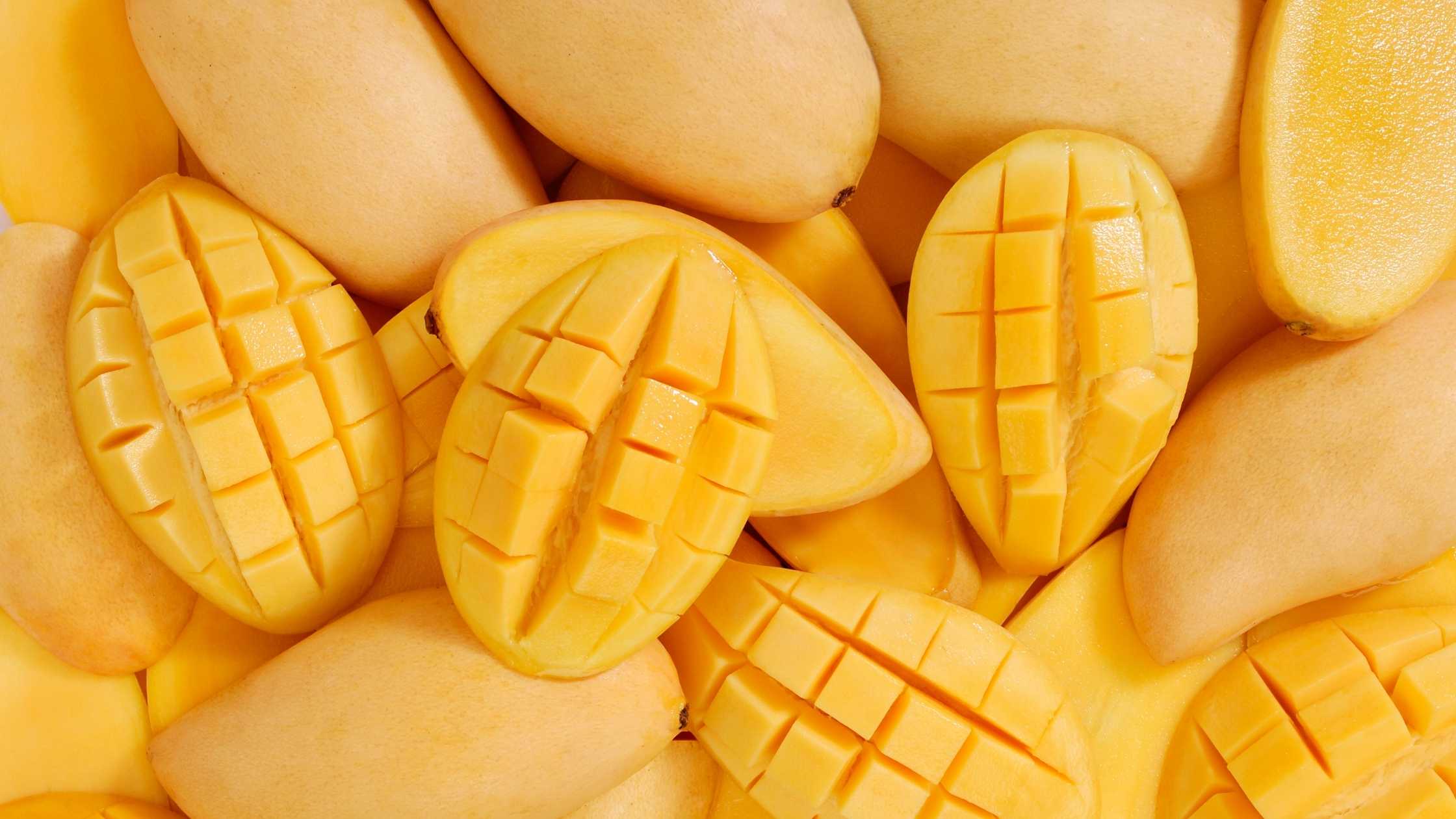
Mangoes are indigenous to southern Asia. They are packed with immune-boosting nutrients -- vitamin A, C, K, and E. Just one cup of mango has 46 mg of vitamin C or 76% of what you should get per day.
It is the best time to go eat them fresh and buy from your local market. Mangoes and salsa are also a delicious combination. This easy-to-make recipe combines both fruits into a refreshingly sweet and tangy
Mushrooms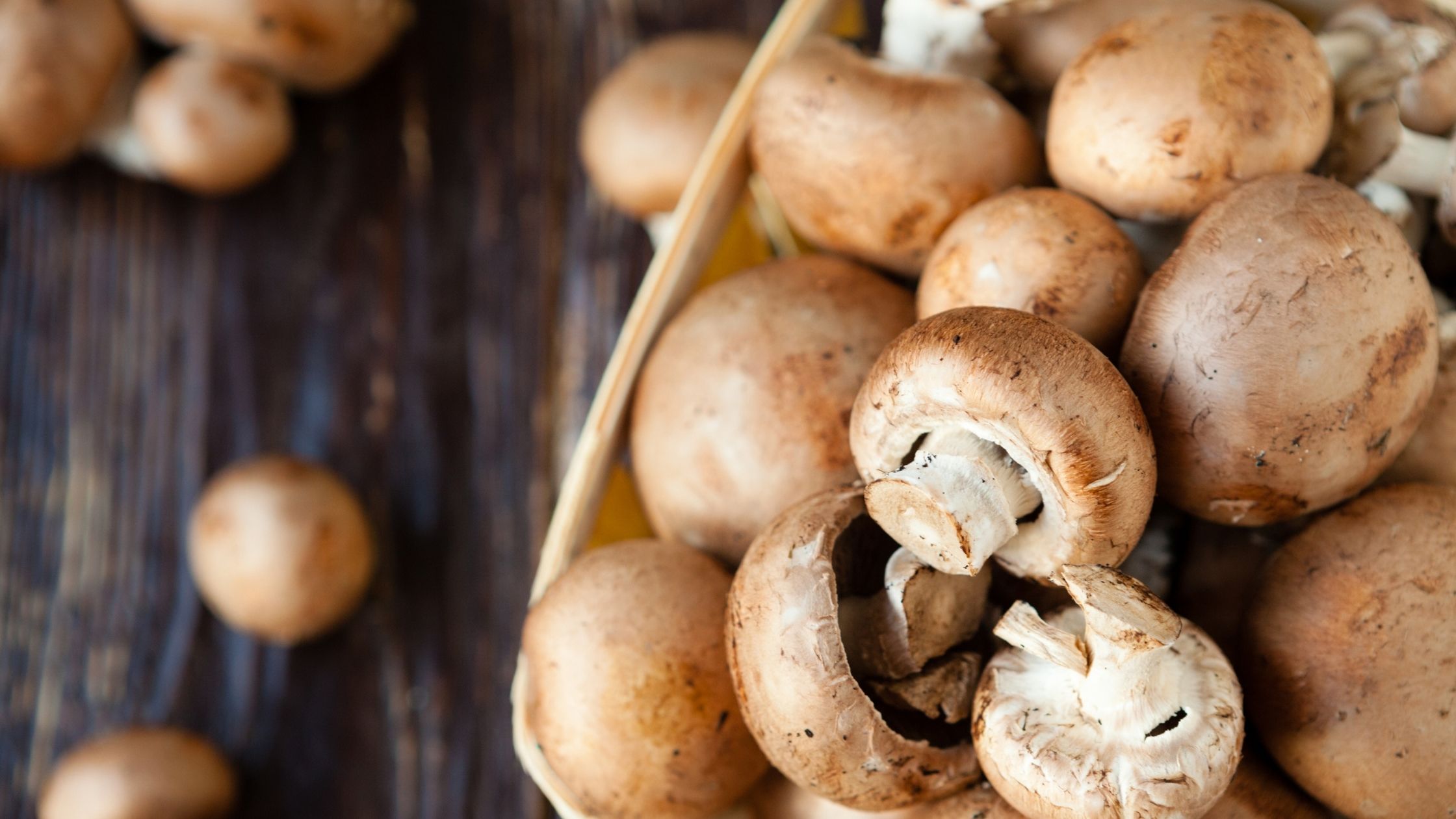
Mushrooms have been a part of the human diet since thousands of years ago. The word mushroom is most often used to identify the edible sporophores. The term toadstool is often reserved for inedible or poisonous fungi.
Since it’s difficult to identify the toxic ones, it’s best to buy from a reliable grocery store or if possible, from a farmer’s market
Mushrooms are low-fat and cholesterol-free food. They are also a good source of nutrients, such as essential amino acids and B vitamins.
The best way to cook mushrooms while still preserving their nutritional properties is to grill them. This would help in retaining more of their goodness and nutrients than frying and boiling.
Okra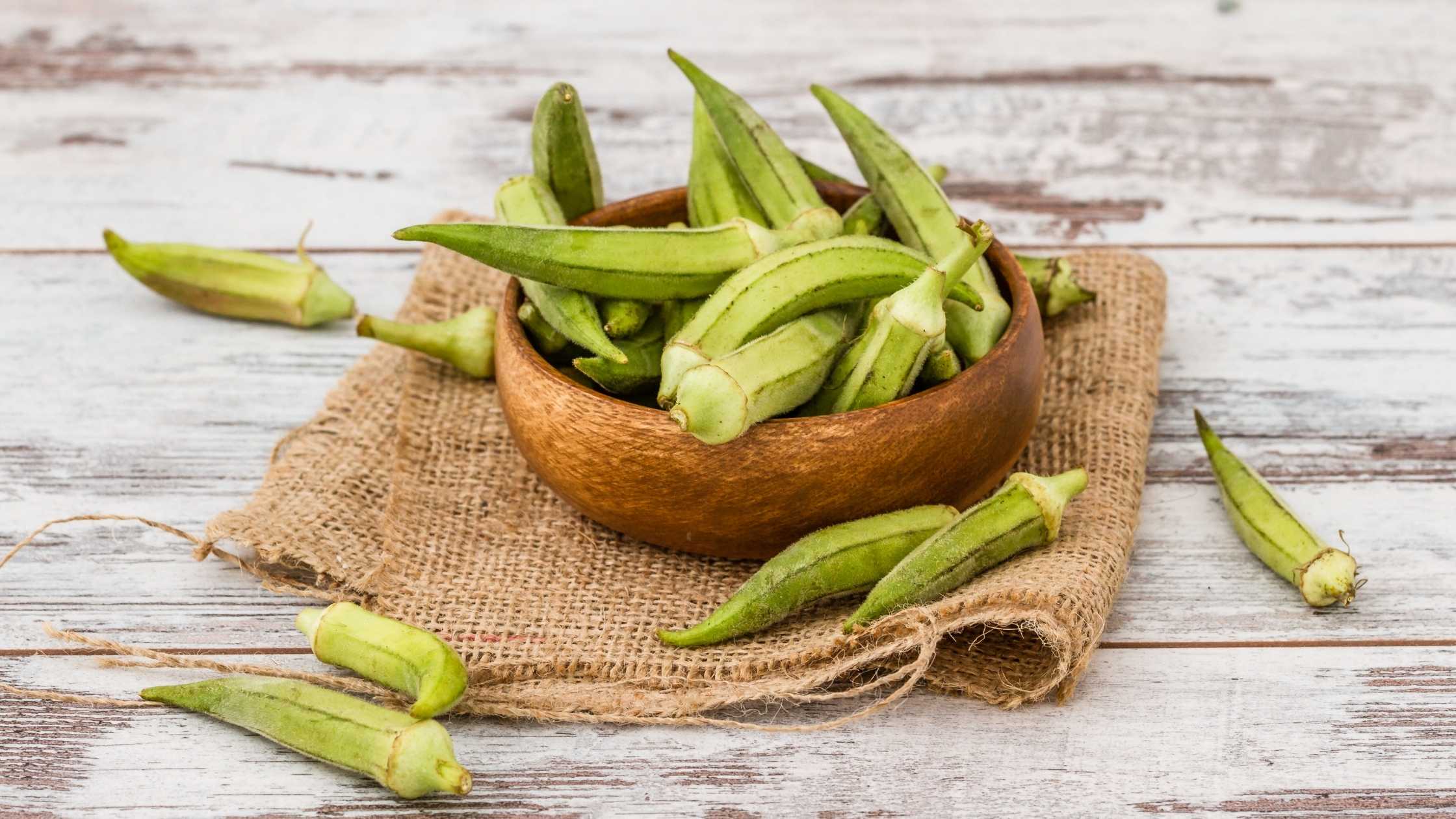
Okra is native to the tropics of the Eastern Hemisphere, such as in Africa and South Asia.
It is high in vitamins C and K1, which boost the immune system and prevent blood clotting.
This vegetable is somewhat unique as it also boasts protein and fiber, a nutrient that many fruits and vegetables lack.
Cooking okra is simple. It can be sauteed, pickled, or added to soup and stews.
Persimmons
Persimmon trees are a popular fruit grown in China for thousands of years. There are hundreds of different types of persimmons but the most popular ones include Hachiya and Fuyu varieties. The American persimmon’s fruit is generally considered more flavorful in its softened state than the Japanese species.
Persimmons are a delicious fruit that can be enjoyed in the winter months. They are filled with important vitamins and minerals like vitamins A, C, and B, potassium, and manganese.
There are many culinary uses for persimmons; among my favorites are my persimmon raisin muffin and persimmon tea for acid reflux.
Peppers
Peppers are the fruits of a tropical plant related to chilies, tomatoes, and breadfruit; all three were originally grown in America.
One thing you may not know about peppers? They have 92% water content! The rest consists mainly of carbs with small amounts of protein and fat--making them one very nutritious meal choice for those looking to maintain their weight.
Not only do they provide 169% vitamin C (which is essential), so it's no wonder bell pepper recipes can be found everywhere, from grocery stores on the street corners alike!
As far as eating these babies go, either raw or cooked will work wonders for our bodies’ health.
Pomegranate

Pomegranate is a fruit that is believed to have originated in Iran. It is commonly cultivated in the warmer parts of the United States to Chile.
It is high in dietary fiber, folic acid, vitamin C, and vitamin K. This makes it a nutritious fruit that anyone can enjoy.
If you want to reap the many health benefits pomegranates have to offer, either eat them directly or drink the juice. The juice is the source of grenadine syrup, used in flavorings and liquor.
Raspberries
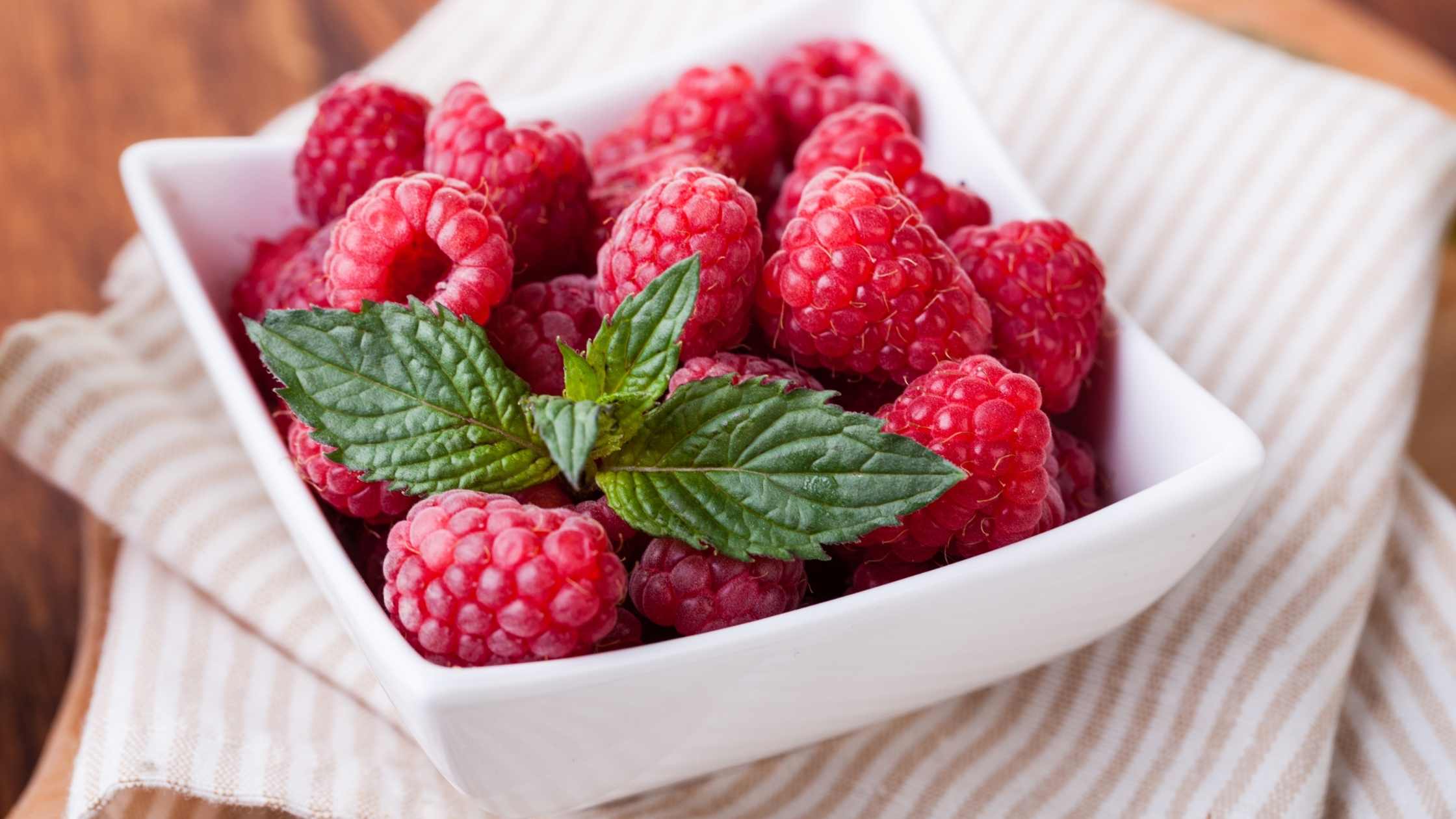
Red raspberries originate from Europe or northern Asia and are often cultivated in temperate areas throughout the world. The most common place to find US-grown berries is California, Oregon, and Washington.
Raspberries contain vitamins, minerals, and fiber which can help provide proper nutrition to your diet. They also come with various health benefits, including providing more than half the recommended daily intake for vitamin C.
Raspberries are a popular ingredient in jams and jellies, but did you know that you can also try making your own raspberry vinegar? Check out my recipe!
Pumpkin
Pumpkin is a type of winter squash that belongs to the gourd family, native to North America.
It is a vegetable with many different uses. In Europe and South America, it is served as a vegetable whereas, in the United States of America, it is more commonly used as a dessert, such as pumpkin pies.
This scientifically considered fruit is high in vitamins and minerals and a great source of beta-carotene, a carotenoid that has been proven to protect against eye diseases.
Pumpkins can be boiled, baked, or steamed into various dishes like pie, soup, or bread. Pumpkin can also be turned into purees like apple sauce or canned puree that can then be made into pies and bread. Here are my three delicious pumpkin recipes to try this coming Fall.
Spinach
Spinach is a cool-season vegetable, mainly grown in North America, Europe.
It is a nutrient-rich vegetable with high amounts of many essential nutrients such as carotenoids, vitamin C, vitamin K, folic acid, iron, and calcium. It is also high in insoluble fiber to help prevent constipation.
The easiest and most healthy way to cook spinach is steaming to maximize its nutritional value.
Sweet Potatoes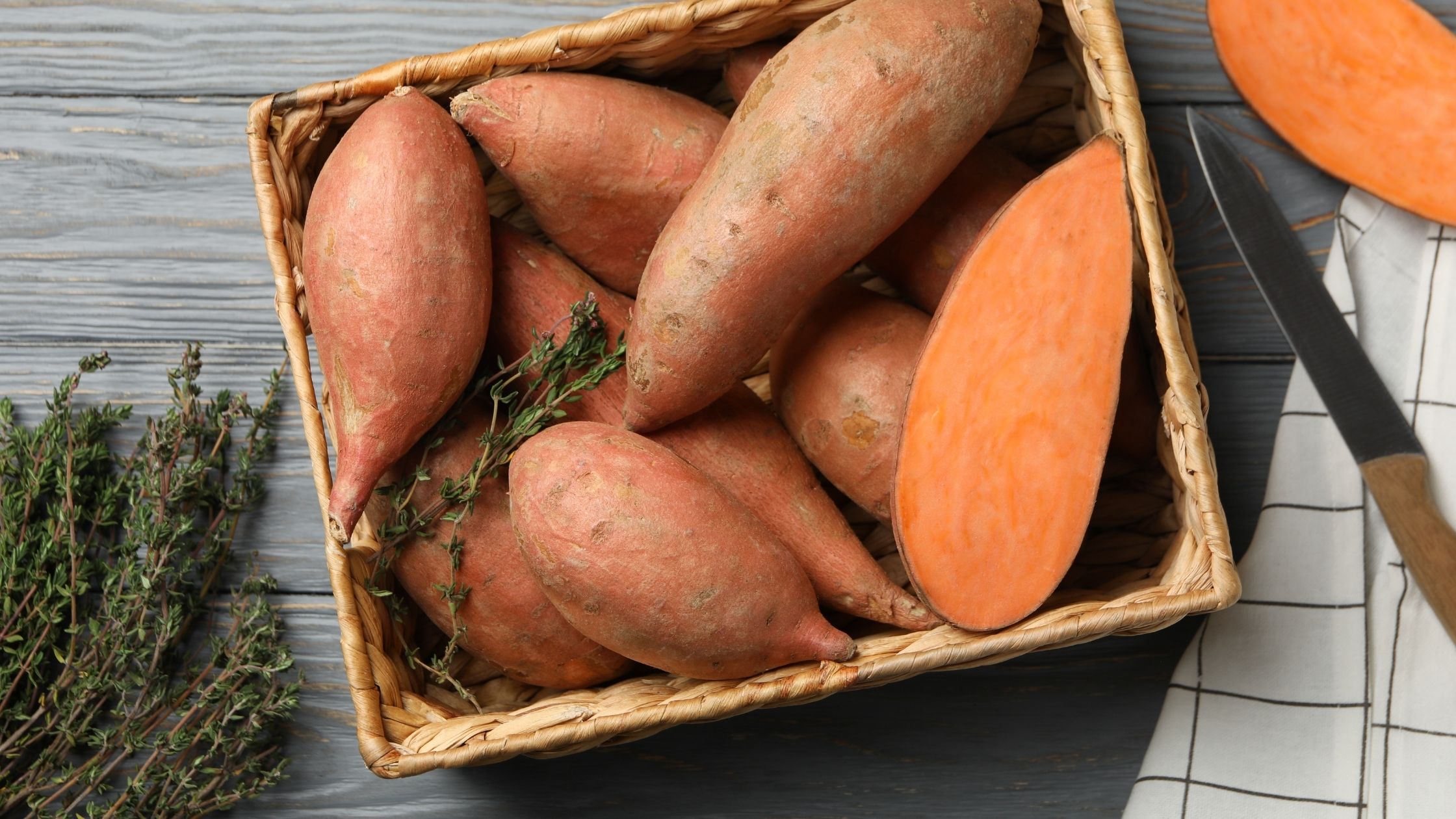
Sweet potatoes are native to tropical America and widely cultivated in tropical and warm temperate climates.
Sweet potatoes are healthier than regular potatoes because they have a lower glycemic index (GI) and higher levels of nutrients like beta-carotene that help protect your eyesight. They are a good source of vitamin C, potassium, and many other vitamins and minerals.
One of the easiest ways to cook sweet potatoes is to steam them. You can also try mashing, frying, grilling, or even slow-cooking. Here are some of my favorite sweet potato recipes!
Swiss Chard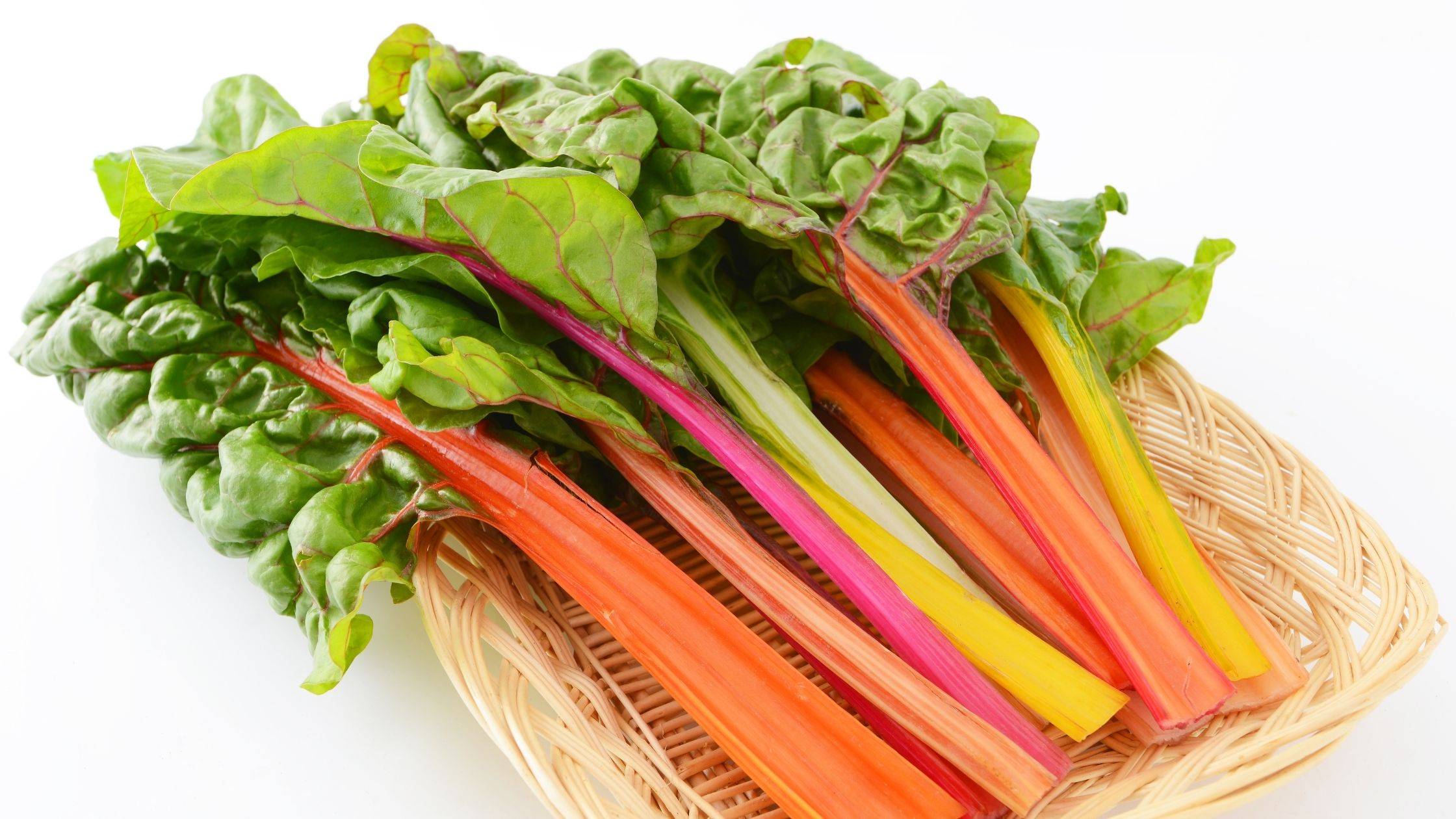
The name may imply that it originated in Switzerland, but it is native to the Mediterranean region. Due to its enormous cultivation in Switzerland, it was referred to as a Swiss Chard.
These leafy greens are an excellent source of vitamins A and K and nearly fulfills the daily need for vitamin C. Additionally, it is extremely low in calories, making a weight-loss-friendly vegetable.
Swiss chard can be eaten raw in salads, sautéed, or served in soups. Check out my two recipes --braised carrots and swiss chard stems and creamed swiss chard recipes.
Tomatoes
Labeled as a vegetable for nutritional purposes, tomatoes are fruits native to South America.
They're high in vitamins C and lycopene-- an important phytochemical that helps fight off diseases such as cancer.
You can find them eaten raw atop salads with all sorts of tasty toppings like cheese or avocado, baked into delicious dishes like lasagna or marinara sauce, sun or oven-dried, and pickled. Green tomatoes are also fabulous as a chutney.
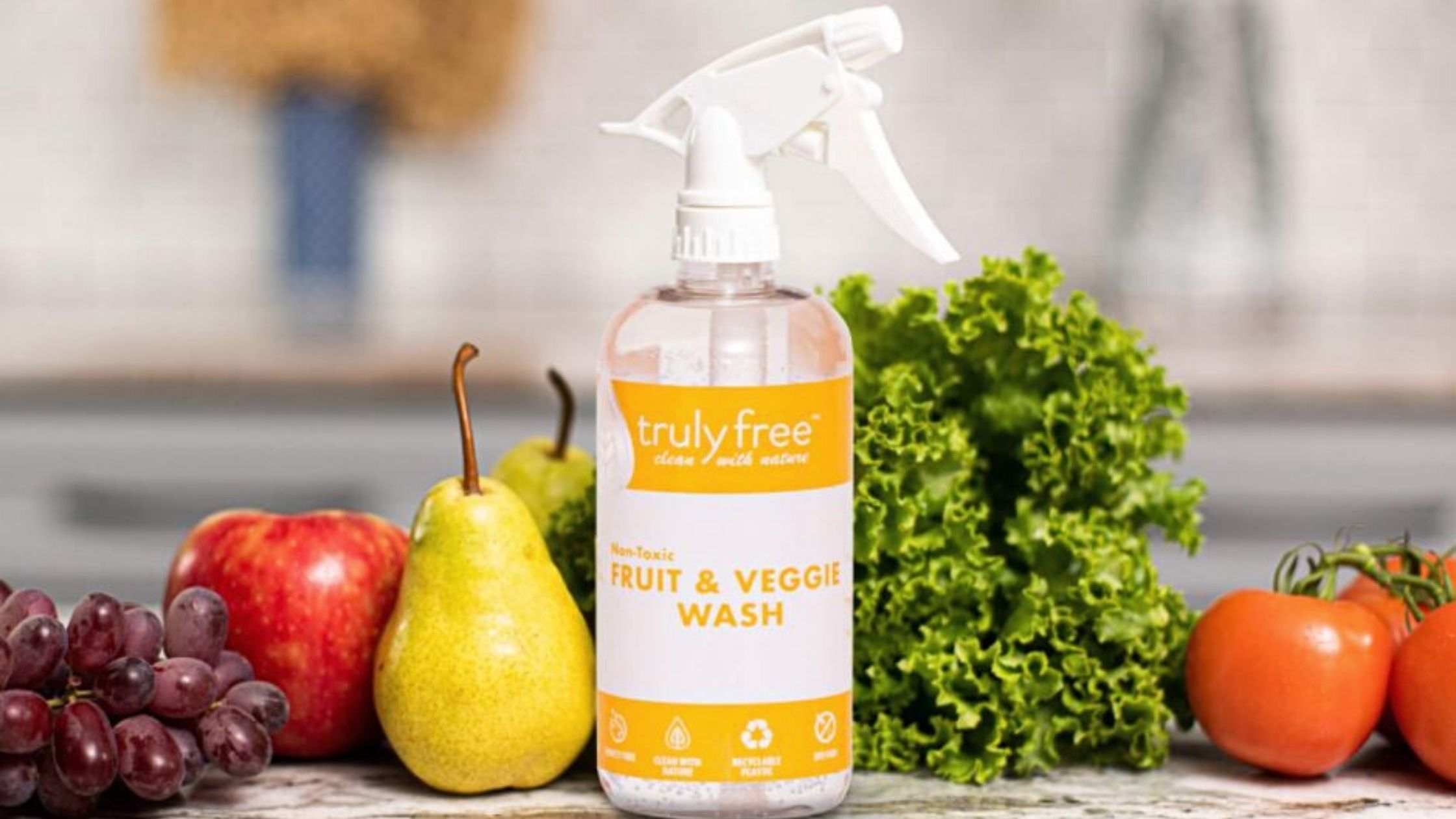 When eating fresh, in-season produce, don’t forget to wash it first. Click here to get your toxin-free fruit and veggie wash
When eating fresh, in-season produce, don’t forget to wash it first. Click here to get your toxin-free fruit and veggie wash


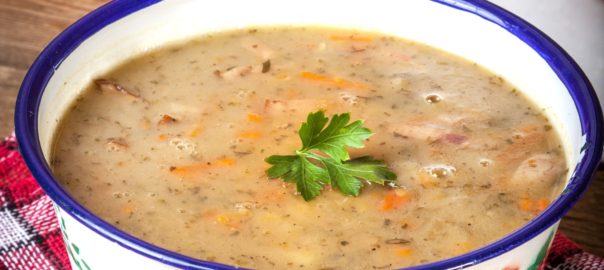
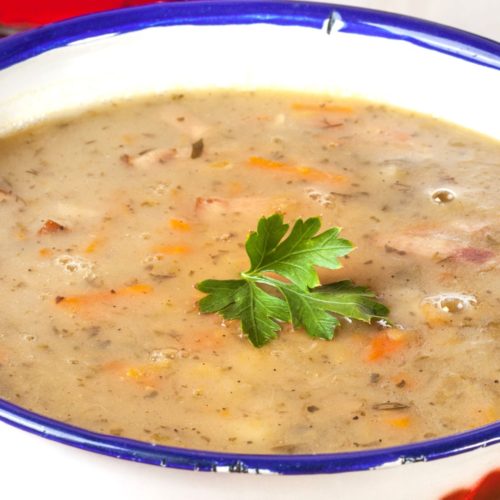
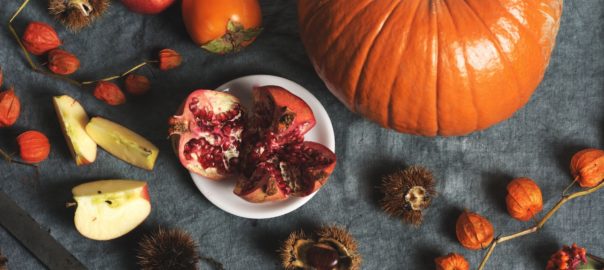





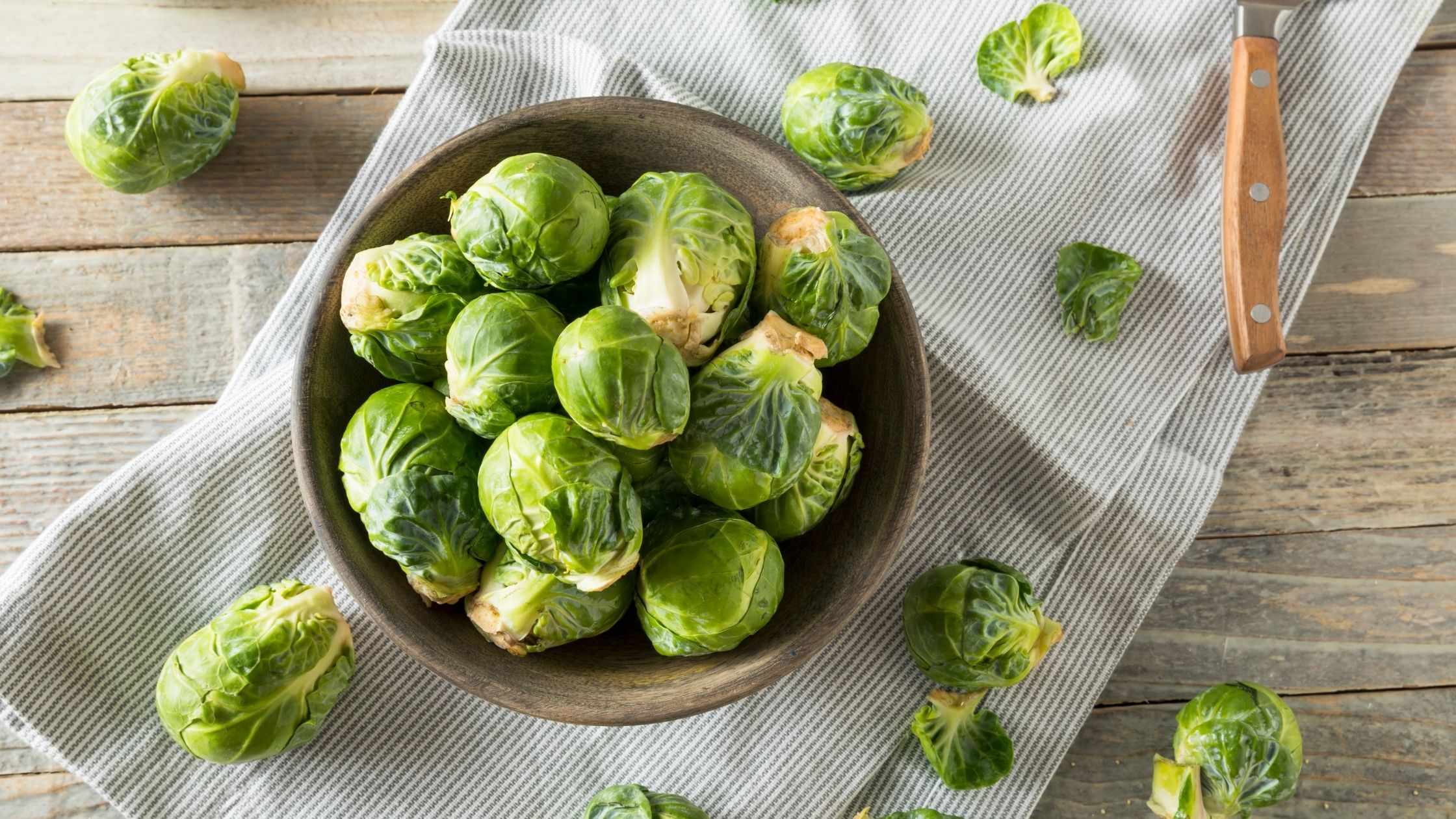

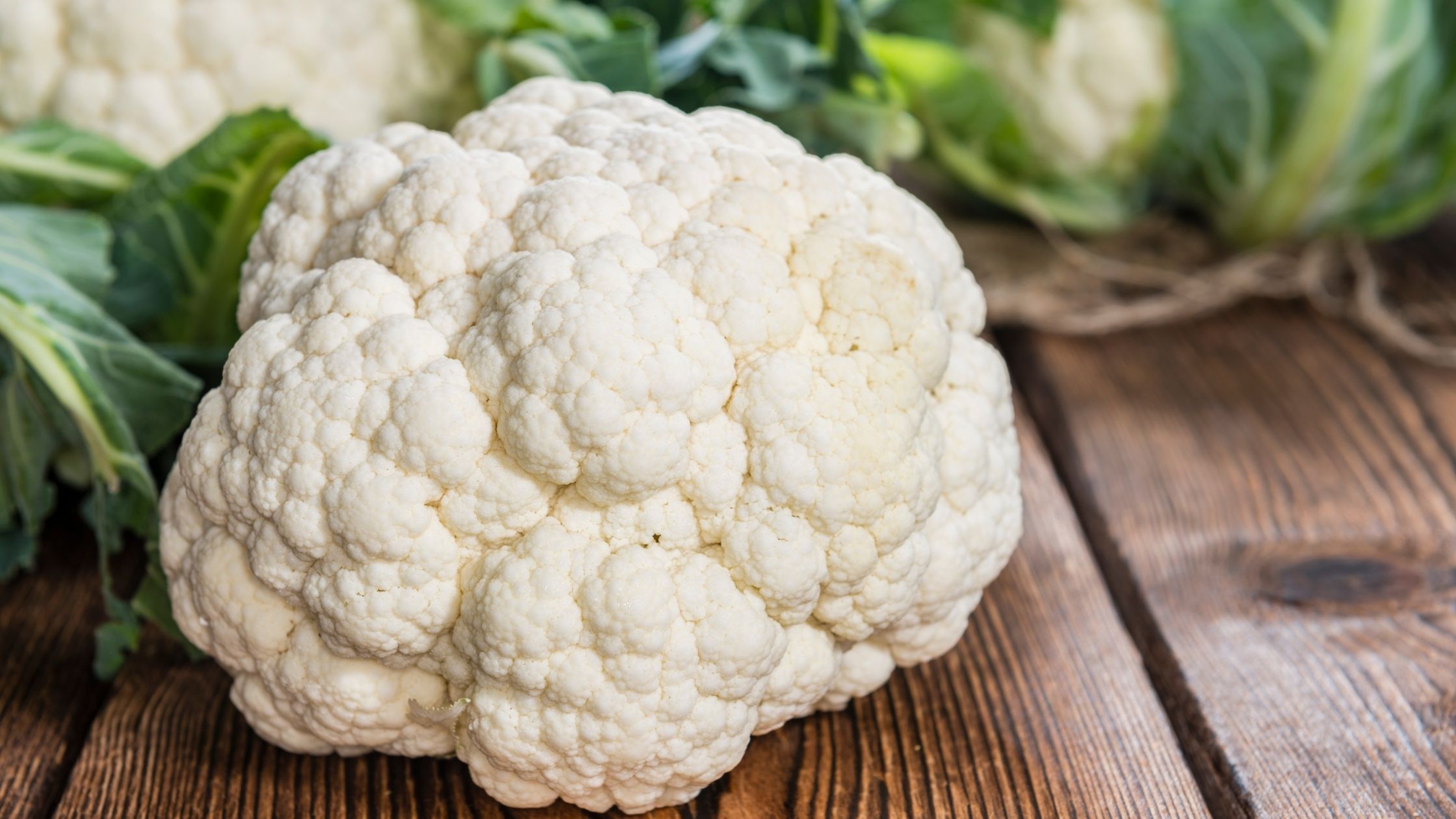





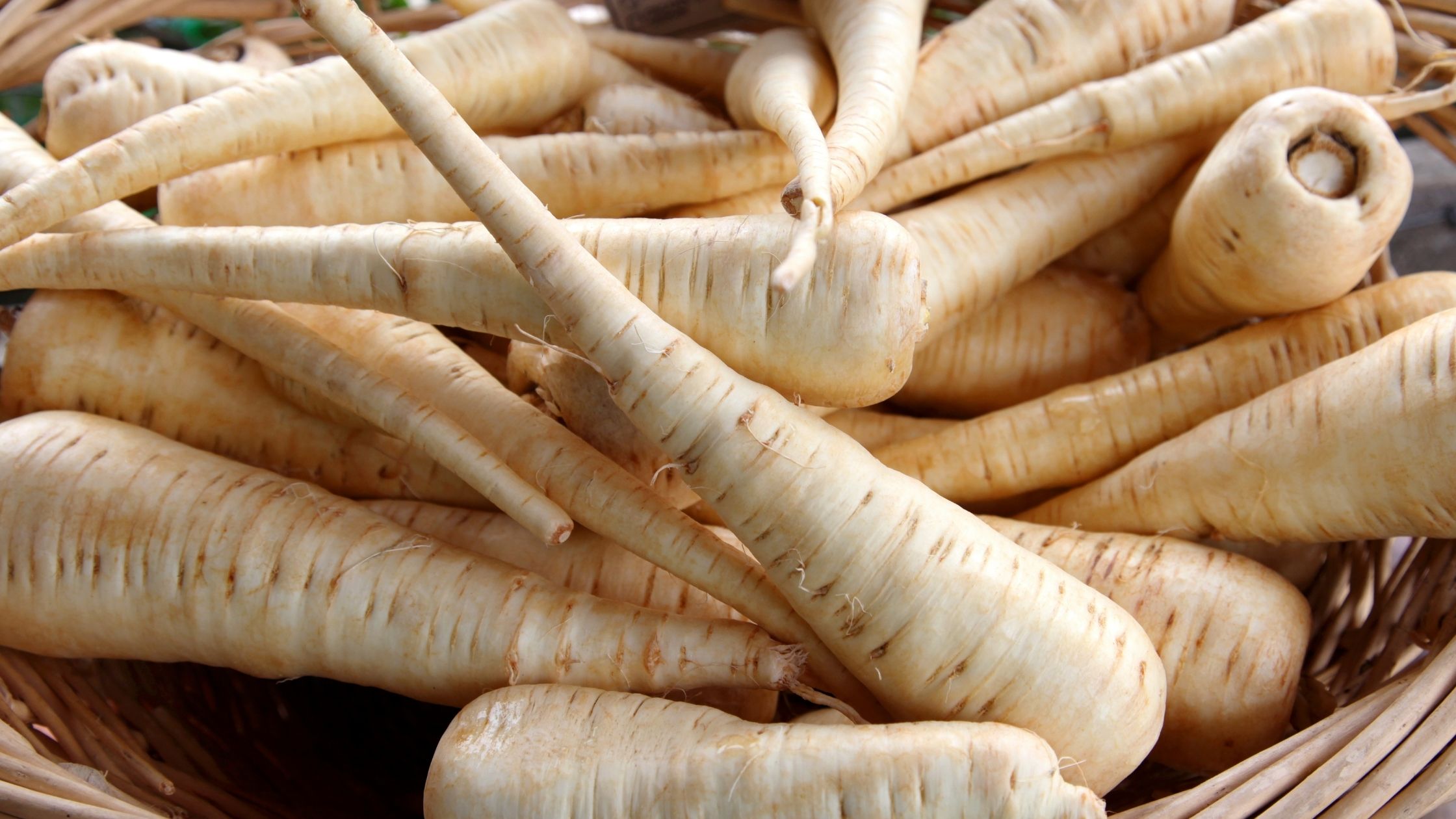
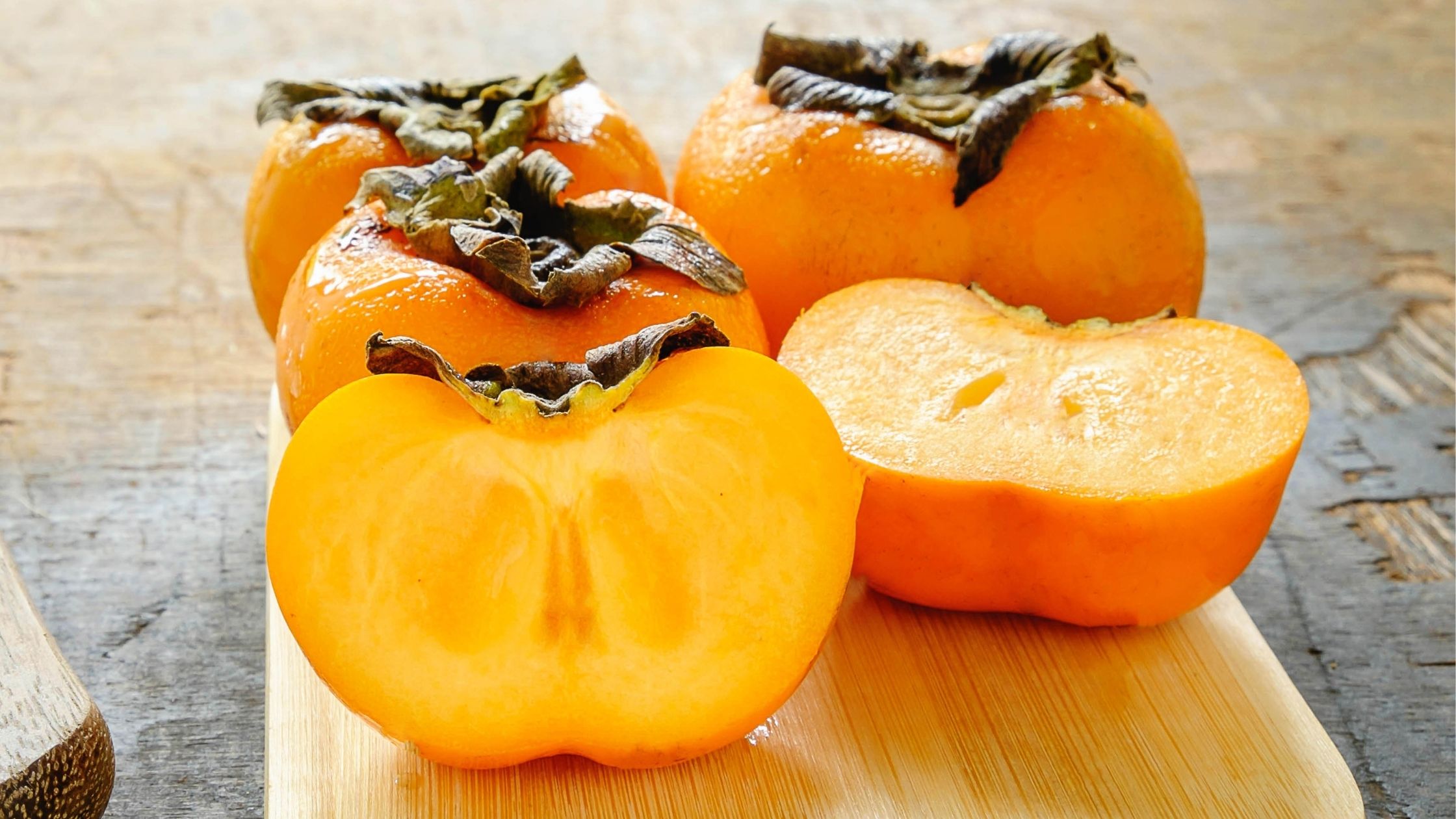

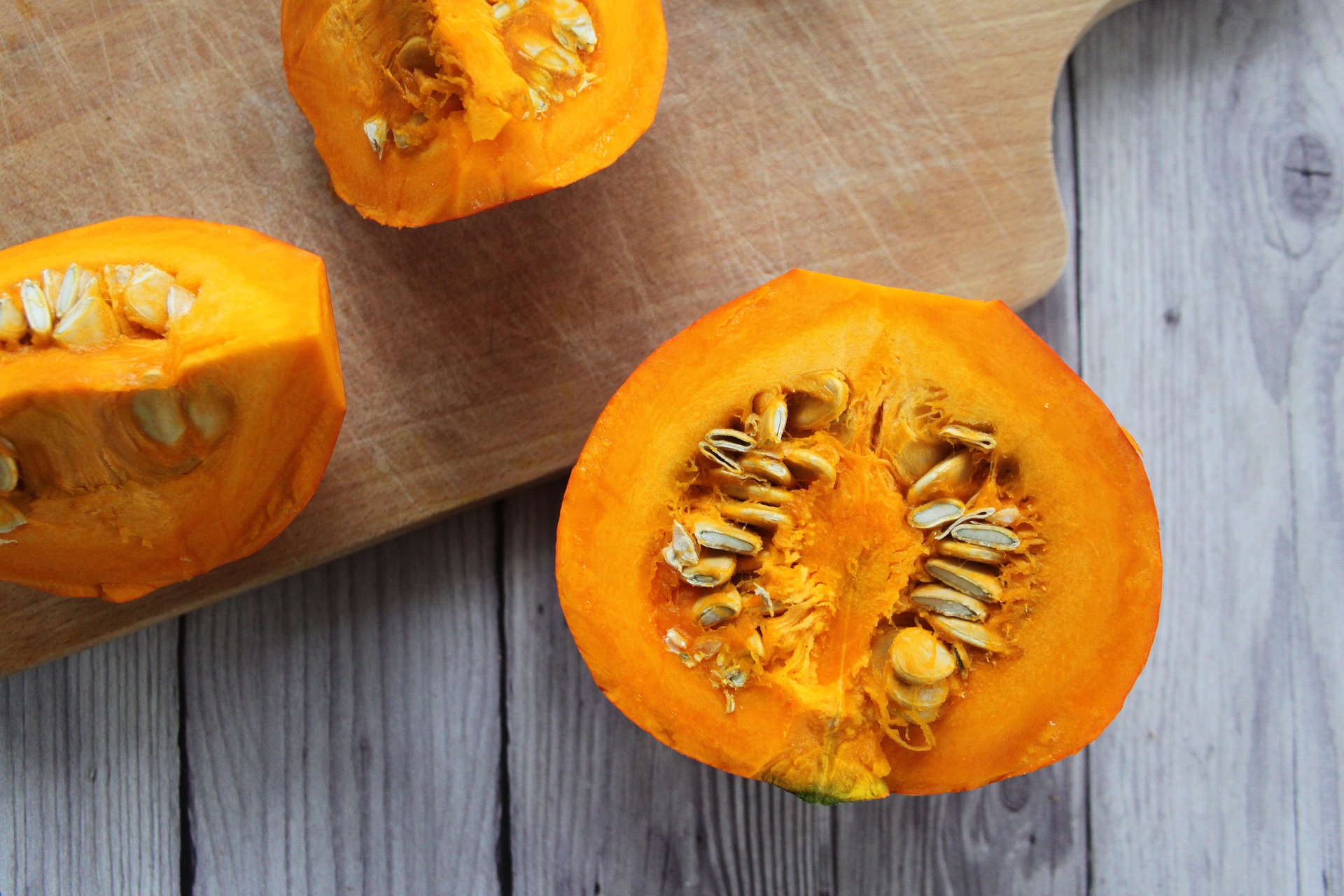
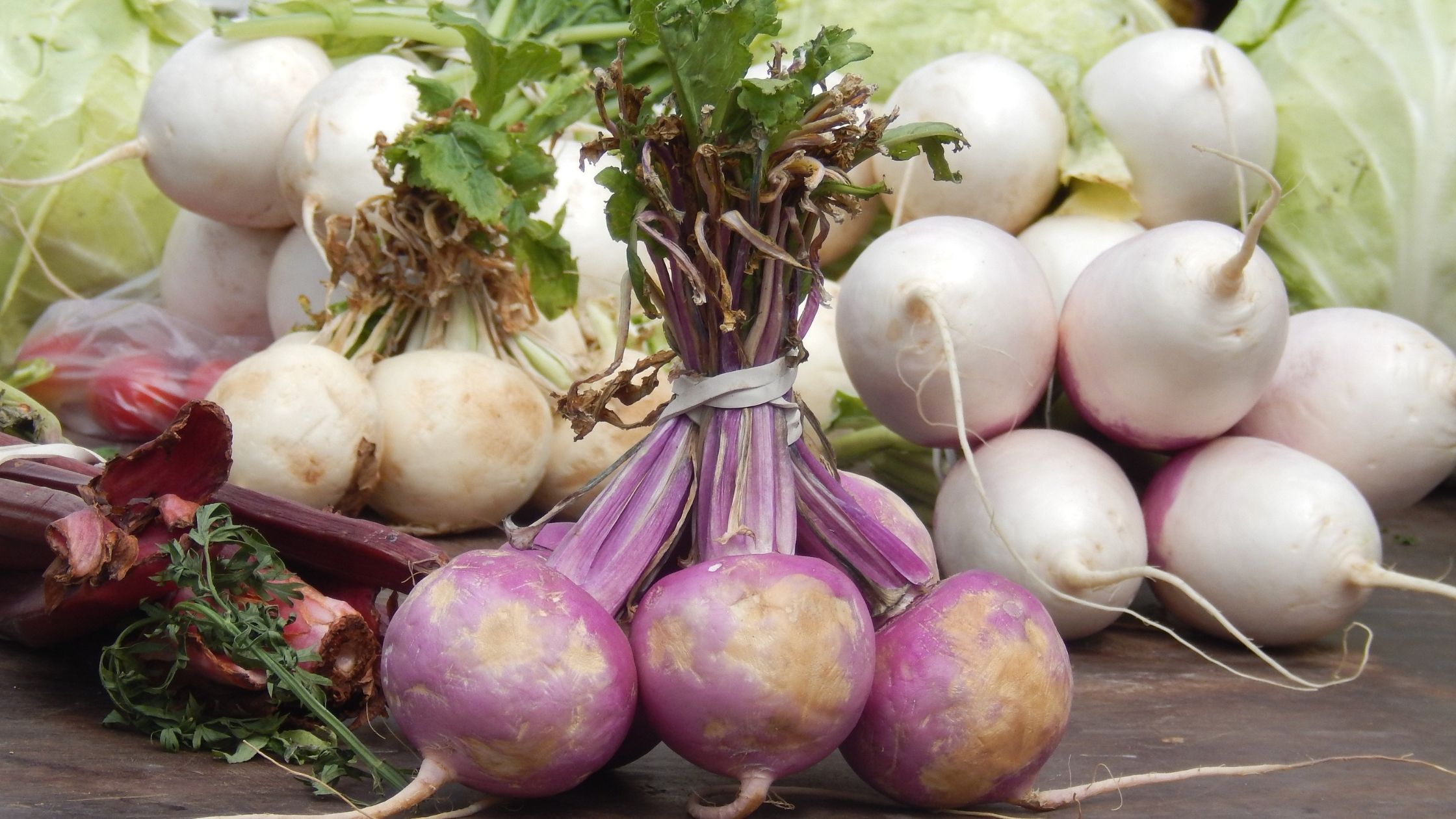

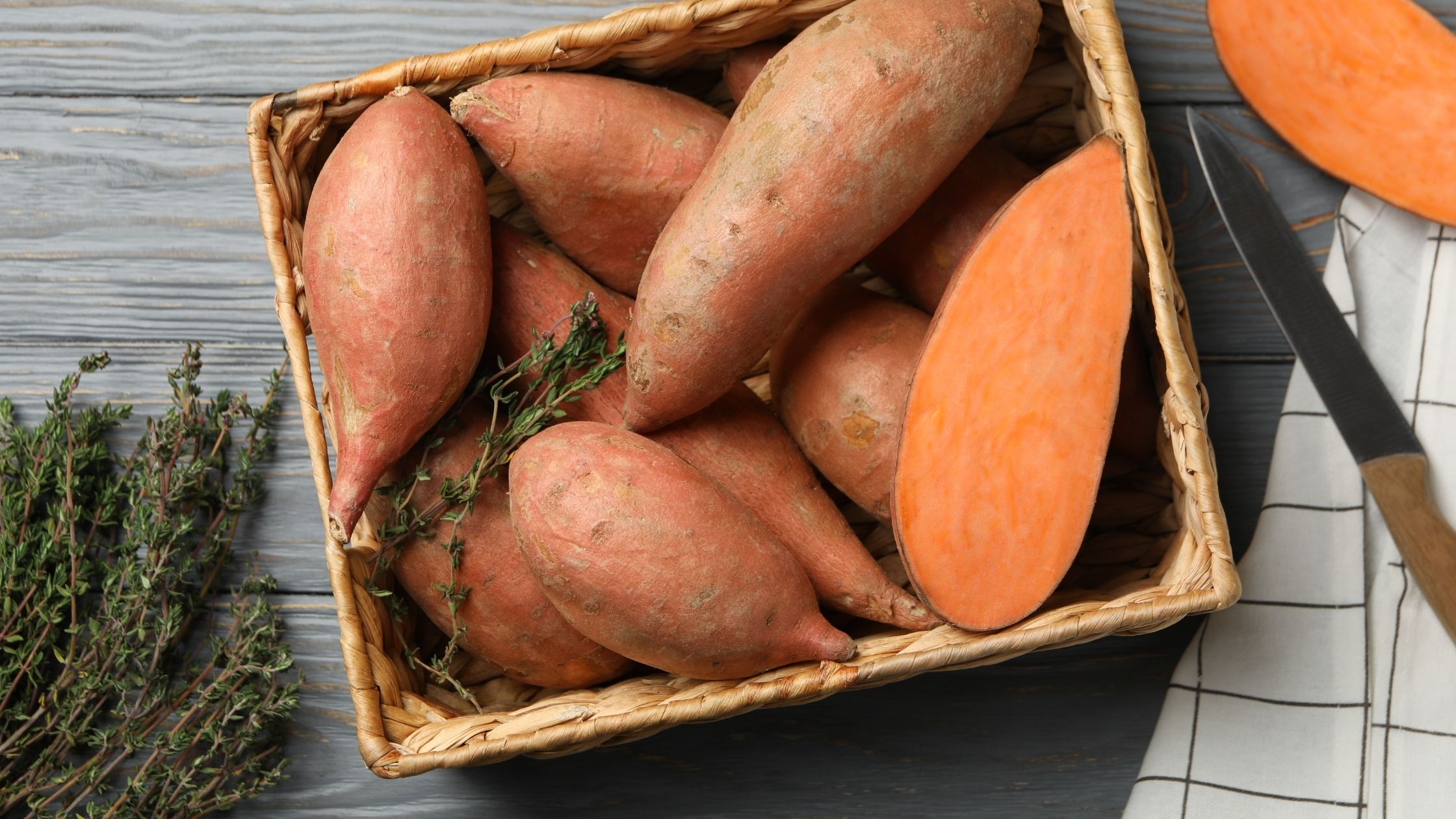


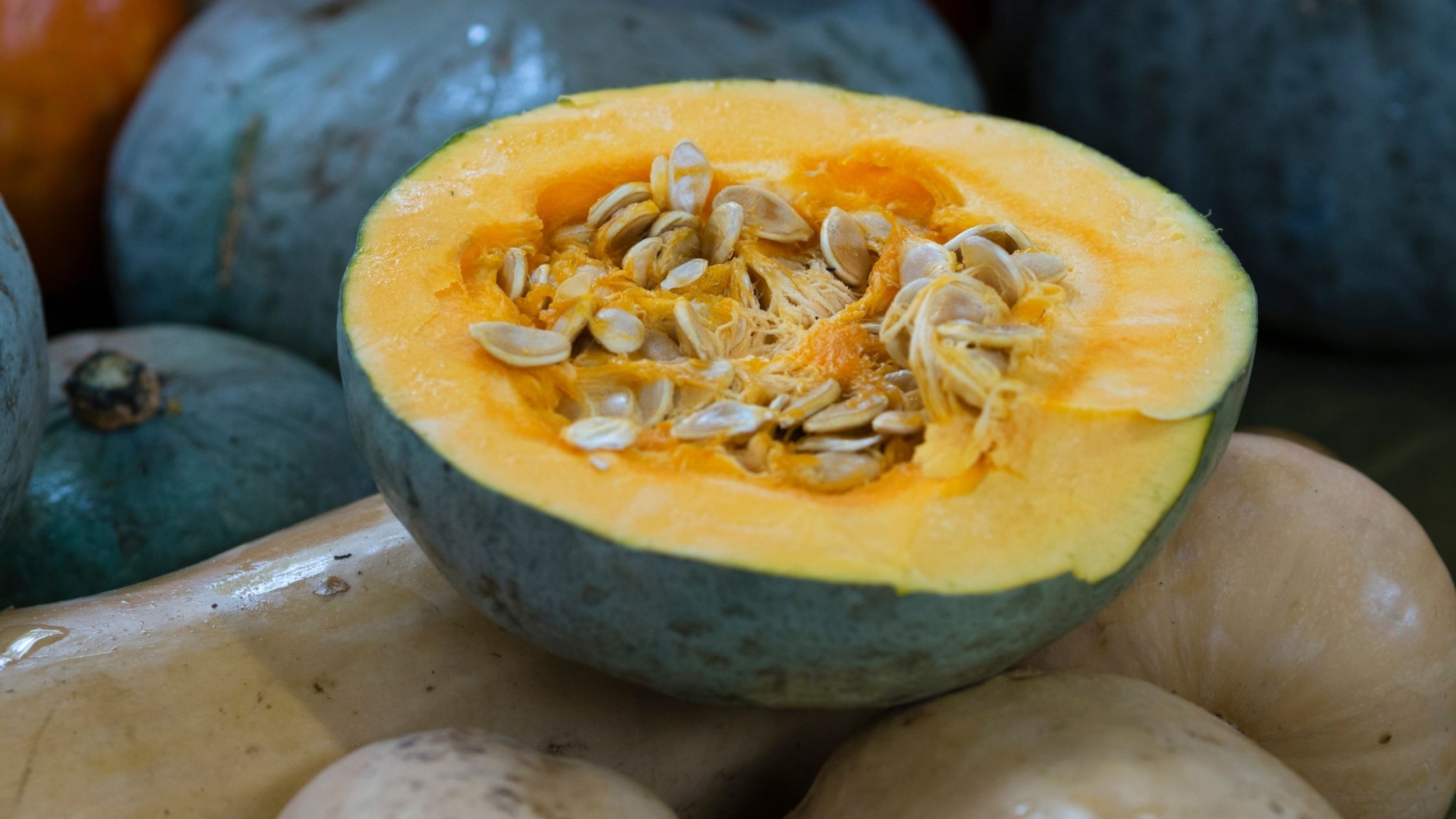
 When eating fresh, in-season produce, don’t forget to wash it first.
When eating fresh, in-season produce, don’t forget to wash it first. 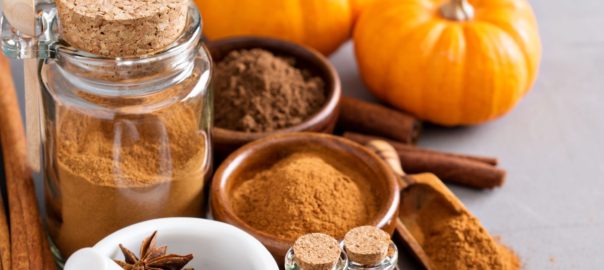
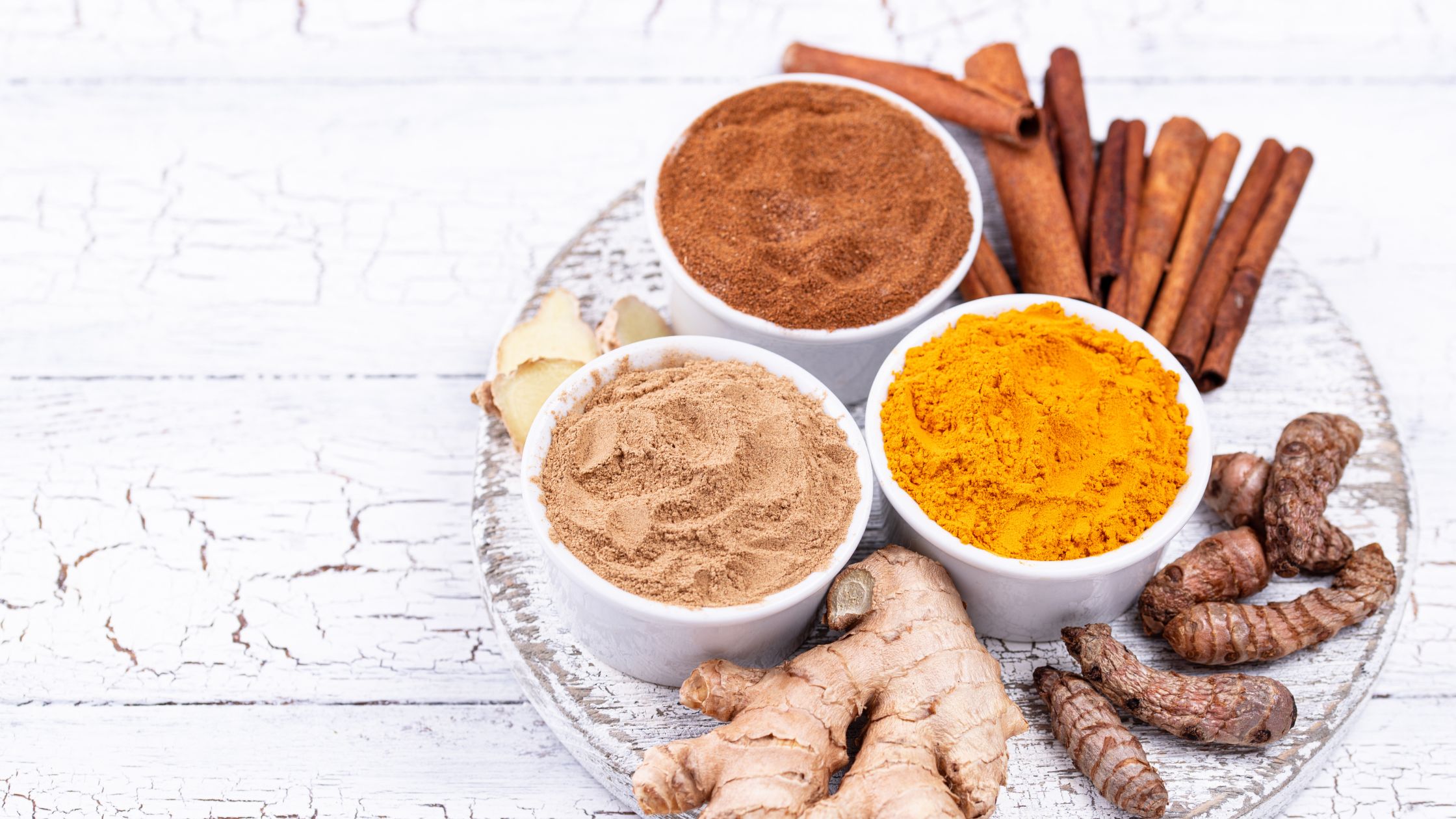
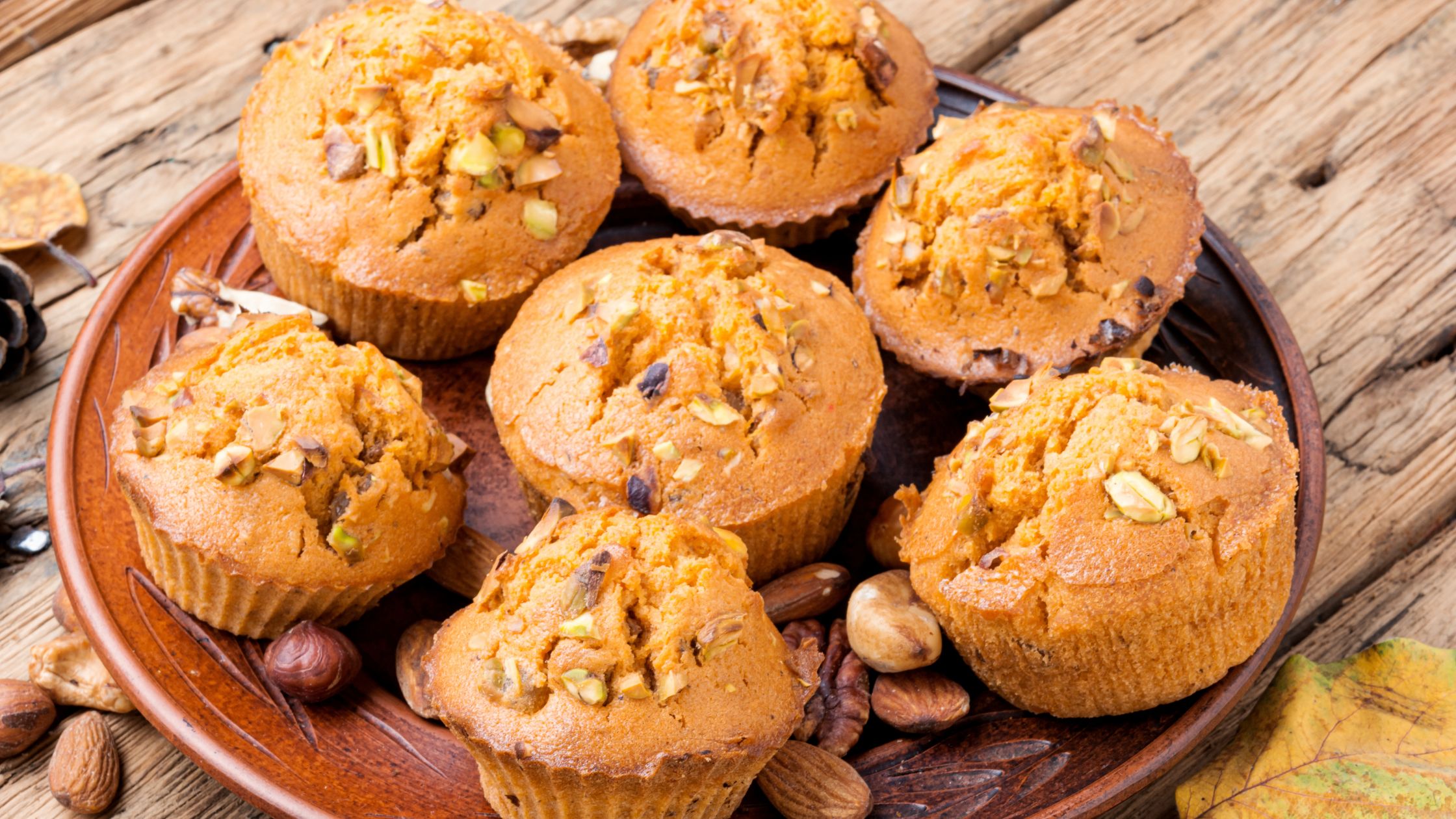
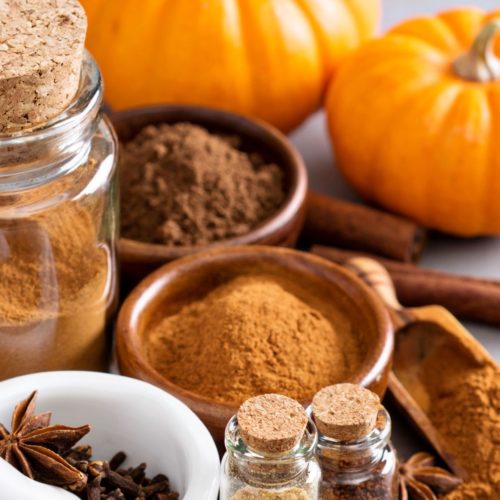
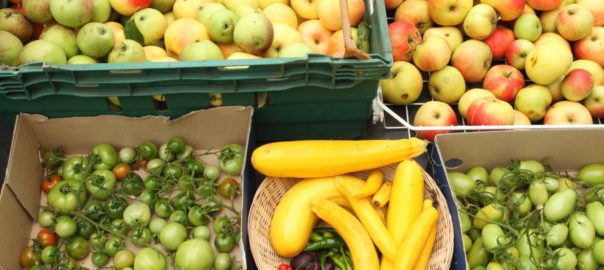





















 When eating fresh, in-season produce, don’t forget to wash it first.
When eating fresh, in-season produce, don’t forget to wash it first. 

